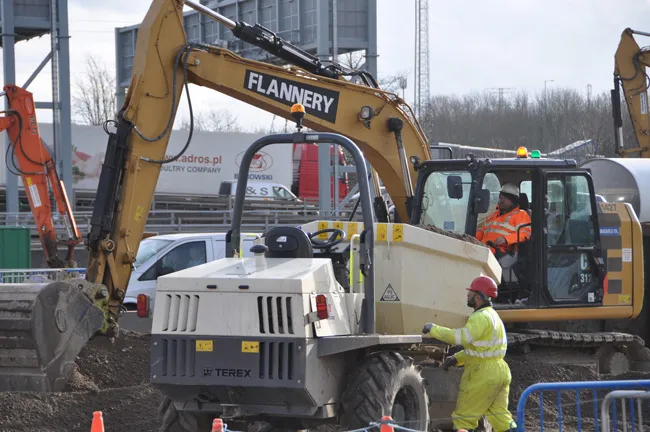
National Highways in the UK has published its Strategic Road Network Initial Report for 2025-30 that sets out proposals for motorways and major A-roads.
A statement from National Highways said the emphasis is on boosting the economy “in an environmentally sustainable way”. The vast majority of motorways and major routes are more than half a century old and require continuing upgrades to meet changes in travel patterns and types of traffic with an eye toward safety for all.
The five-year SRN initial report is a template for National Highways to advise the government on priorities. It includes greater use of digital technologies as well as ensuring the infrastructure is geared towards allowing the use of connected and autonomous vehicles.
The initial report must now go through a two month consultation by the UK Department for Transport. The report is part of National Highways’ longer-term Connecting the Country strategy that looks at priorities for the network up to 2050. Connecting the Country foresees increased use of zero-emission vehicles and a more integrated system encompassing many modes of transport.
Major projects in the pipeline of now ongoing for National Highways include an upgrade to the A303 near Stonehenge, construction of the Lower Thames Crossing south of London and the A66 Northern Trans-Pennine dualling scheme.
The agency would increase investment in small local schemes – those valued £2-25 million to overcome local congestion points, often by way of improved slip roads and junctions connecting to local roads.
Some of the other goals of the SRN initial report are enabling “the transition to zero-carbon motoring by supporting the installation of around 2,500 open-access rapid charge points for electric vehicles on the network by 2030”.
There will be continued investment in infrastructure for non-motorised users such as walkers, cyclists and horse risers. More land could be acquired to create physically segregated “link” paths and cycle lanes alongside and away from the highway.
Drivers could see more real-time and personalised information covering congestion, on-going incidents, planned roadworks, events and the availability of electric vehicle charging points, giving them alternative routes if necessary.
The agency said it would “support biodiversity through initiatives such as the planting of an additional three million trees up to 2030”. Alongside publication of the SRN report, National Highways has published its new Environmental Sustainability Strategy which sets out the company’s long-term vision to manage roads in a more sustainable way, “ensuring the network can be used as a force for good”, according to a press release.
“While we strive to maintain safe and reliable journeys for the vehicles that rely on our network each day, we know that ever higher levels of social and environmental responsibility will, quite rightly, be required of us,” said Nick Harris, National Highways’ chief executive.
“This means we will need to find new and innovative ways to continue connecting the country by facilitating active travel and public transport and using digital technology to help customers make more informed decisions and managing our network more efficiently,” he said.








